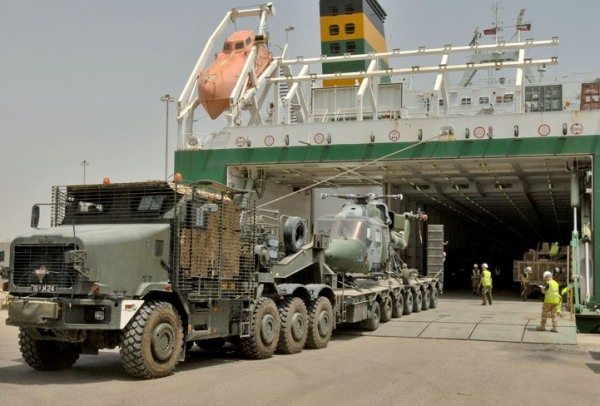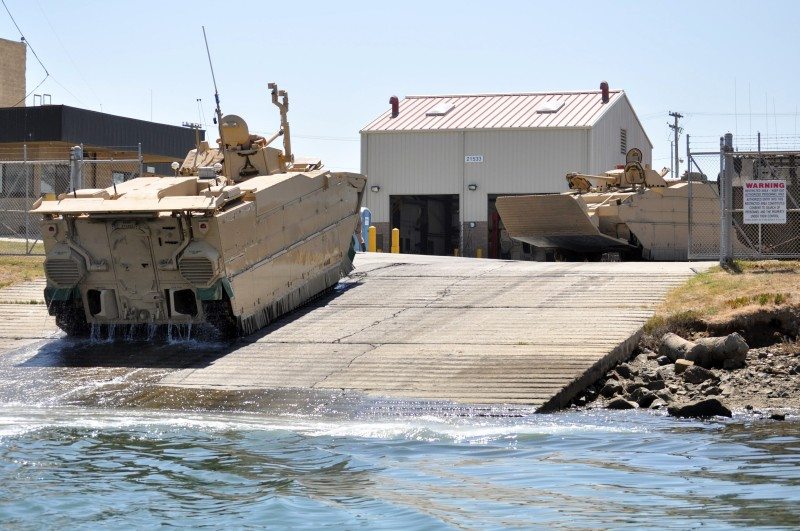The Pentagon on Monday proposed a reduced defense budget for the first time since the September 11 attacks, finding savings in the withdrawal of US troops from Iraq.
The total budget of $671 billion is down from last year’s request of $708 billion but the “base” defense budget — excluding the cost of the wars in Iraq and Afghanistan — represents a new record at $553 billion, according to figures released by the Pentagon.
The budget includes $113 billion for a range of drone aircraft, a new long-range bomber, helicopters, warships, submarines, anti-missile weaponry and other arms, while boosting pay and benefits for a force stretched by years of combat.
The budget’s estimated price-tag for the wars comes to $117.8 billion, down $45.1 billion from last year’s budget request, a “fairly dramatic reduction,” Defense Secretary Robert Gates told reporters.
The budget proposal takes into account the planned pullout of troops from Iraq by the end of 2011 and “a modest decline in funding for Afghanistan operations,” he said in a statement.
For President Barack Obama, the defense budget reflects an attempt to allay competing political pressures to fully fund the US military at a time of war while addressing a mushrooming government deficit.
Gates, who has tried to preempt potentially deeper cuts, said the budget represented the “minimum level” necessary to counter security threats around the world while containing waste and red tape.
He described a nearly two-year effort to “reduce overhead, cull troubled programs and rein in personnel and contractor costs, all for the purpose of preserving the fighting strength of America’s military at a time of fiscal stress.”
The base defense budget represents a modest increase of less than one percent over last year’s Pentagon request, and Gates has portrayed the Pentagon as taking a more disciplined, frugal approach after years of hikes in spending in the years after 9/11.
Despite talk of austerity, the Pentagon’s proposed spending puts the United States far ahead of any other country, at a time when European allies are making drastic defense cuts amid a fiscal crisis.
“Basically, it’s more of the same,” said Winslow Wheeler of the Center for Defense Information, a frequent critic of Pentagon spending.
“It’s got a minor tip of the hat to the deficit problem,” he said.
He said most members of Congress remained reluctant to touch military spending, as they wanted to avoid being labeled soft on defense, despite rhetoric about fiscal pressures.
At the Pentagon budget briefing, Gates lashed out at deficit hawks in Congress and elsewhere demanding deeper cuts, saying some proposals were reckless and that the debate was “becoming increasingly distant from strategic and operational reality, distant in other words, from the real world.”
The budget’s funding for weapons proposes $4.8 billion for drones — including more armed Reapers and a new robotic jet for aircraft carriers, $10 billion for an array of helicopters, $20 billion for naval ships and two nuclear-powered submarines; and $3.7 billion to develop a new long-range bomber.
Plans for the long-range bomber, new radar and the unmanned jet designed to fly off an aircraft carrier are seen in part as a US response to China’s growing military prowess and more assertive stance in the Pacific.
Apart from massive weapons programs and the wars in Iraq and Afghanistan, an increasing share of the defense budget is devoted to health care, pay and benefits for service members.
The budget sets aside $142.8 billion in pay and allowances for the military’s 2.3 million service members and $52.5 billion for mounting health care costs.
Last month, Gates said the department found $150 billion in savings — much of which was reinvested into weapons — and planned cuts of $78 billion in spending over the next five years.
The proposed cuts include reducing the size of the Army and the Marine Corps in 2015-16, with the Army reducing its force by 27,000 troops and the Marines by 15-20,000.
The reductions mark the first scaling back of ground forces since the 1990s after the end of the Cold War.











